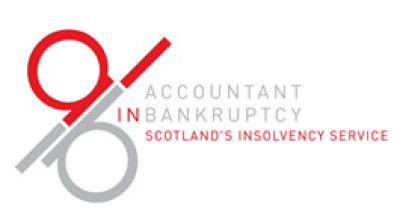Scottish insolvencies fall as UK stands on brink of recession

Blair Nimmo
The number of companies filing for administration in Scotland fell by a quarter in 2022 despite rising inflation, weaker trade and geopolitical uncertainty continuing to put businesses under pressure.
Analysis of notices in The Gazette by Interpath Advisory reveals that a total of 32 companies fell into administration in Scotland in 2022 – down from 43 companies in 2021. This represents a 26 per cent decrease on last year. This trend has continued into 2023 with three administrations in January compared to six in December.
This does not reflect the UK picture, however, which saw a total of 1,039 companies fall into administration in 2022 – up from 710 companies in 2021, but nevertheless still well below pre-pandemic levels of 1,422 in 2019 and 1,337 in 2018.
Whilst the lower level of administrations in Scotland is welcome news, concerns remain that Scottish businesses are still battling against a number of external pressures.
Blair Nimmo, chief executive of Interpath Advisory, said: “Last year came as a body blow for many businesses who had been hoping for a year of respite following two years’ of disruption caused by the pandemic. Instead, spiralling inflation, rising interest rates, faltering consumer confidence, political turbulence and weaker cross-border trade served to pile on even more pressure.
“And despite figures released by the Office for National Statistics confirming that the UK economy grew by 0.1 per cent in November, the longer-term outlook remains highly uncertain and rather gloomy.”
The rising number of UK insolvencies can be seen across a wide range of sectors, with retail and casual dining businesses experiencing particular challenges as the year drew to a close.
Across the UK, in 2022, there were 96 per cent more filings for insolvency (100 appointments) in the retail sector in comparison to 2021, and 67 per cent more filings (70 appointments) in the leisure & hospitality sector.
The pandemic and broader economic headwinds have made the last few years a particularly tough period for those working across the UK retail and hospitality industries, with a number of high-profile appointments in recent months such as Joules, AMT Coffee, and Byron Burger.
And retail growth slowed last month with total sales rising 4.2 per cent in January compared to December’s annual growth rate of 6.9 per cent, though the British Retail Consortium attributed much of the rise to high inflation pushing up the value of goods being sold, masking weaker sales volumes.
Alistair McAlinden, head of Interpath Advisory in Scotland, commented: “Businesses in the retail and casual dining space continue to face one challenge after another - from rising input costs and interest rate rises, to supply chain disruption and staff shortages, not forgetting falling consumer spend due to the spiralling cost of living.
“Many are also finding that they have surplus stock on their hands, as demand has dampened and inventory levels have continued to rise.”
Looking ahead to the outlook for 2023, Mr McAlinden continued: “The pandemic undoubtedly tested the crisis handling skills of management teams to their absolute limits. For corporates, however, the debt markets stayed open throughout the crisis and, coupled with the support packages that were made available by the Government, boards had little need to approach their existing lenders with a Plan B. Refinancing was not just technically possible but was often available sometimes at unprecedented low rates, whilst most equity raises were well-supported.
“However, we are now observing that lenders are becoming more selective on where they deploy capital and are increasing scrutiny on borrowers’ ability to service debt given higher interest rates. This will result in lower leverage, more covenants and tighter definitions and reduced flexibility on key terms. We are also seeing lenders take tougher stances on underperforming assets, having difficult conversations earlier on.
“So, as the market starts to tighten, we expect to see more administrations, and increased use of the new restructuring tools including moratoriums and restructuring plans. These will provide those financiers with a risk appetite the ability to buy into and turn around enterprises caught out by the challenging landscape.”









